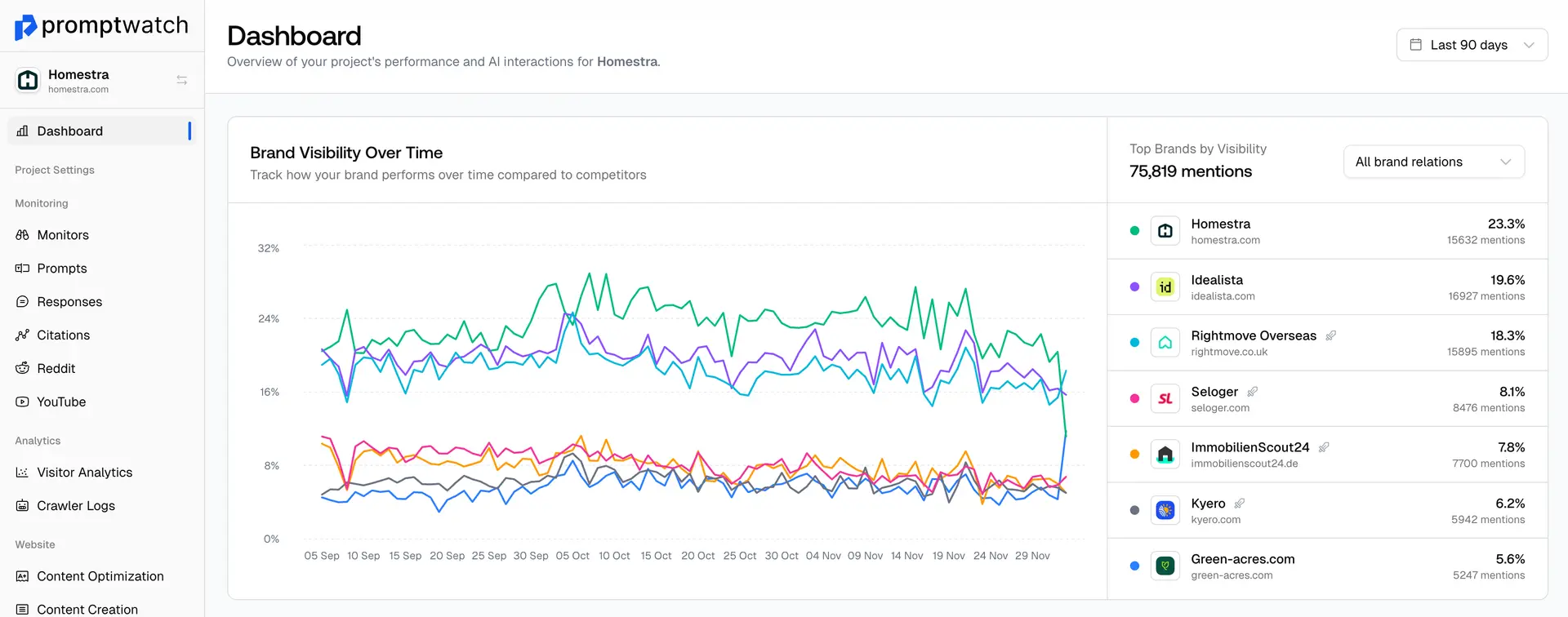Definition
Google Search Console is a free web service provided by Google that helps website owners monitor, maintain, and troubleshoot their site's presence in Google Search results. Formerly known as Google Webmaster Tools, Search Console provides valuable insights into how Google crawls, indexes, and ranks website content, offering data that's essential for SEO optimization and performance monitoring.
Key features include search performance analytics showing queries, impressions, clicks, and rankings; indexing status and crawling reports; mobile usability and Core Web Vitals monitoring; security issue alerts and manual action notifications; and sitemap submission and monitoring capabilities. Search Console also provides rich results testing, URL inspection tools, and coverage reports that help identify and fix technical SEO issues.
For AI-powered search and GEO optimization, Search Console data is crucial because it provides direct insights from Google about how content is performing and being discovered. Understanding which queries drive traffic, how content appears in search results, and what technical issues might prevent proper crawling helps optimize content for both traditional search and AI systems that may rely on Google's index.
Search Console best practices include regular monitoring of search performance and coverage reports, submitting XML sitemaps for better discoverability, fixing crawl errors and indexing issues promptly, monitoring Core Web Vitals and mobile usability, and using URL inspection tools to test individual page performance and indexing status.
Examples of Google Search Console
- An e-commerce site using Search Console to identify which product queries drive the most traffic and optimize product descriptions accordingly
- A blog monitoring Search Console to track which articles rank for target keywords and identify content optimization opportunities
- A business website using Search Console to identify and fix crawl errors that prevent important pages from being indexed
- A news website leveraging Search Console data to understand which topics and headlines generate the most search traffic
